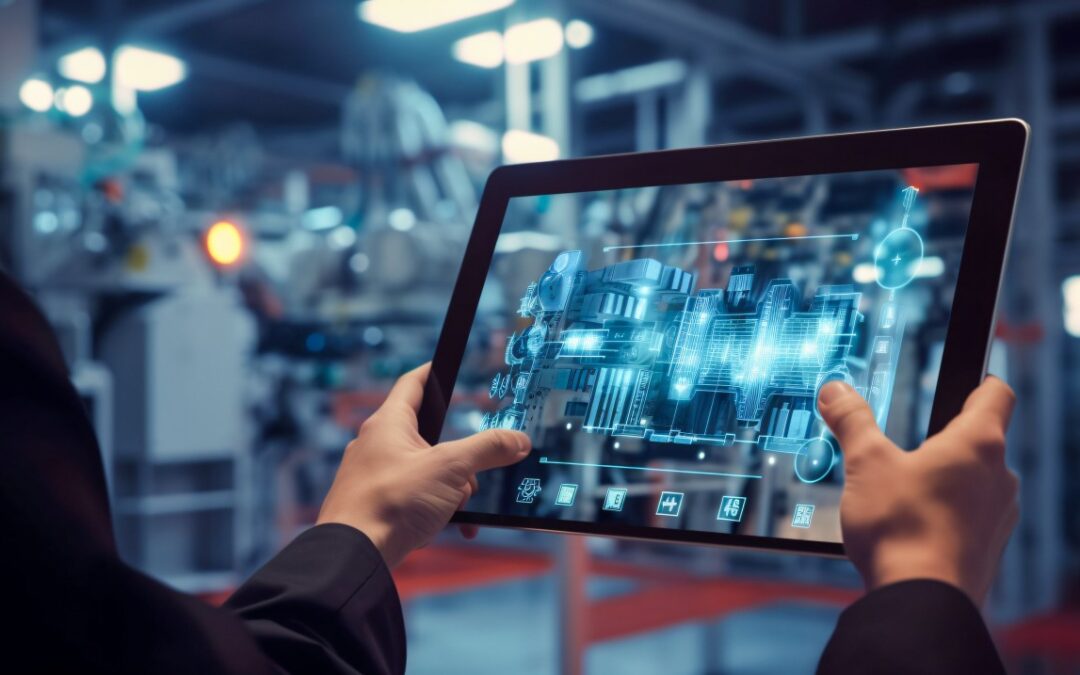In the realm of quality control, the digital stroboscope has emerged as an indispensable tool. This device not only ensures the smooth operation of machinery but also significantly enhances the accuracy of inspections. As technology continues to evolve, the role of the digital stroboscope in quality control becomes ever more critical.

Understanding the Basics of Digital Stroboscopes
A digital stroboscope is a device that creates a stop-motion effect by emitting flashes of light at specific intervals. This allows for the observation of fast-moving objects as if they were stationary. It is particularly useful in identifying defects in rotating or oscillating machinery.
The Science Behind Stroboscopes
The functionality of stroboscopes is based on the principle of persistence of vision. When an object is illuminated at regular intervals, it appears to be stationary. This principle is crucial in quality control, as it allows inspectors to detect flaws that might otherwise go unnoticed.
Components of a Digital Stroboscope
A typical digital stroboscope consists of a light source, a timing circuit, and a control system. The light source, often an LED, provides the necessary illumination, while the timing circuit controls the frequency of the flashes. The control system allows users to adjust the settings according to the specific requirements of their inspection.
The Role of Digital Stroboscopes in Quality Control
In quality control, precision and reliability are paramount. The digital stroboscope plays a vital role in ensuring these standards are met. By providing a clear view of fast-moving parts, it helps inspectors identify defects and irregularities that could lead to machine failure.
Applications in Various Industries
The use of digital stroboscopes is not limited to a single industry. They are widely used in manufacturing, automotive, aerospace, and electronics, among others. For instance, in the automotive industry, they help in inspecting engine components, while in electronics, they are used to examine circuit boards.
For more insights on how stroboscopes are utilized in different sectors, you can visit testing methods page.
Advantages of Using Digital Stroboscopes
The advantages of using digital stroboscopes in quality control are numerous. First, they provide non-contact measurement, which eliminates the risk of damaging sensitive components. Second, they offer high accuracy and repeatability, ensuring consistent results. Finally, they are easy to use, allowing for quick setup and operation.
Implementing Digital Stroboscopes in Quality Control Processes
Integrating digital stroboscopes into quality control processes requires careful planning and execution. It involves selecting the right equipment, training personnel, and setting up appropriate inspection protocols.
Choosing the Right Equipment
When selecting a digital stroboscope, it’s important to consider factors such as flash rate, light intensity, and ease of use. These factors will determine the effectiveness of the stroboscope in various inspection scenarios.
Training Personnel
Proper training is essential to maximize the benefits of digital stroboscopes. Operators need to understand how to adjust settings and interpret results. Comprehensive training programs can help ensure that personnel are well-equipped to use these devices effectively.
Setting Up Inspection Protocols
Establishing clear inspection protocols is crucial for achieving consistent results. This includes defining the frequency of inspections, identifying critical components to be monitored, and outlining procedures for reporting defects.
To learn more about setting up effective inspection protocols, visit maintenance processes page.
Real-World Examples of Digital Stroboscope Usage
Several companies have successfully integrated digital stroboscopes into their quality control processes. For instance, a leading automotive manufacturer reported a significant reduction in production downtime after implementing stroboscopes for engine inspections.
Case Study: Aerospace Industry
In the aerospace industry, precise inspections are critical. A major aerospace company employed digital stroboscopes to inspect turbine blades, resulting in improved safety and performance.
For more insights on preventing equipment failures, you can visit failure risk page.
Challenges and Solutions
Despite the benefits, there are challenges associated with using digital stroboscopes. These include high initial costs and the need for ongoing maintenance. However, the long-term benefits often outweigh these challenges.
Overcoming Initial Costs
While the initial investment in digital stroboscopes can be significant, the cost savings from reduced downtime and improved product quality can quickly offset these expenses.
Ensuring Proper Maintenance
Regular maintenance is crucial to ensure the longevity and reliability of digital stroboscopes. This includes routine calibration and cleaning to prevent any potential issues.
The Future of Digital Stroboscopes in Quality Control
As technology advances, the capabilities of digital stroboscopes are expected to grow. Innovations such as wireless connectivity and advanced analytics are likely to enhance their effectiveness in quality control.
Emerging Trends
One emerging trend is the integration of digital stroboscopes with other inspection technologies, such as machine vision and artificial intelligence. This combination can provide even greater accuracy and efficiency.
To explore more about future technological trends, visit equipment failure page.
Paving the Way for Innovation
The continued development of digital stroboscopes will play a key role in driving innovation in quality control. As industries strive for higher standards, these tools will be at the forefront of ensuring precision and reliability.
Conclusion
The digital stroboscope in quality control is a vital tool that enhances precision and efficiency. Its ability to provide clear insights into fast-moving machinery makes it invaluable in various industries. As technology continues to evolve, the role of digital stroboscopes is set to become even more significant, paving the way for future innovations in quality control.

FAQs
What is a digital stroboscope used for?
A digital stroboscope is used to observe fast-moving objects by creating a stop-motion effect, making it useful in identifying defects in machinery.
How does a digital stroboscope enhance quality control?
By providing clear views of moving parts, a digital stroboscope helps in detecting defects and irregularities, thereby enhancing quality control.
What industries benefit from digital stroboscopes?
Industries such as manufacturing, automotive, aerospace, and electronics benefit from the use of digital stroboscopes in their quality control processes.
This article contains affiliate links. We may earn a commission at no extra cost to you.
